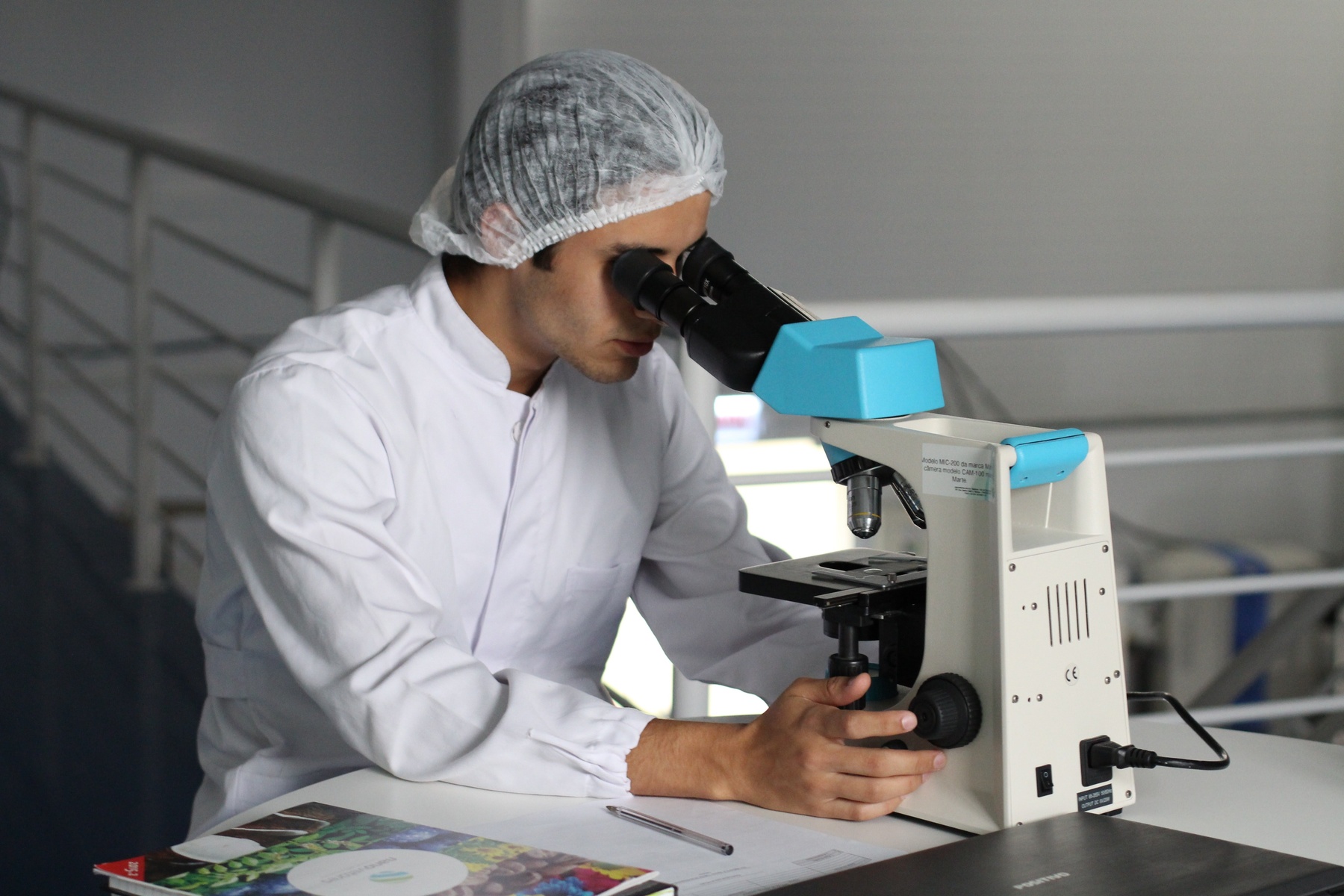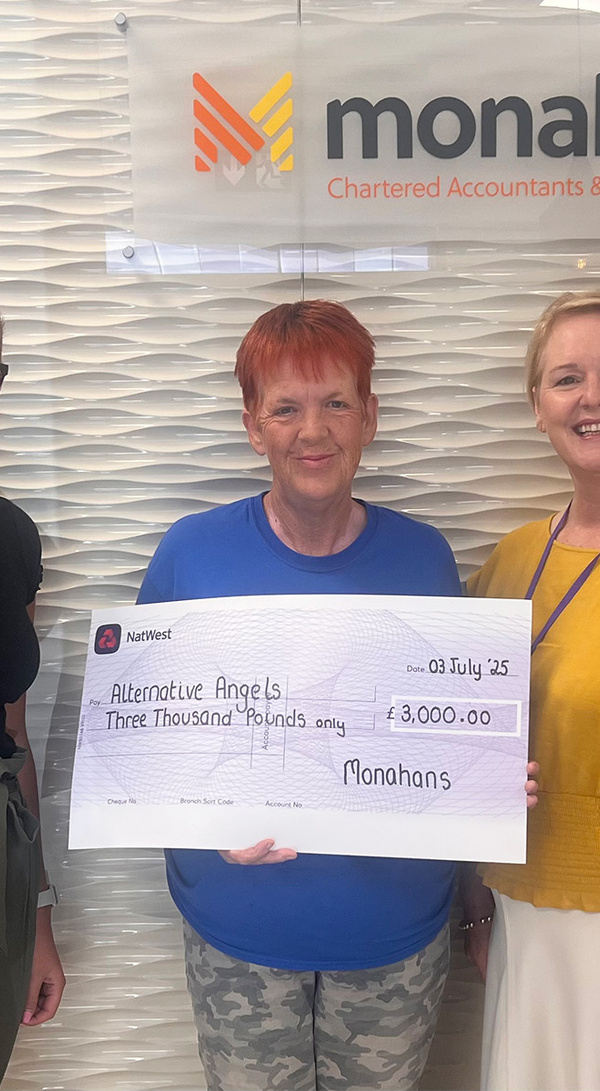
Services
Science and Medical - Research & Development

Download: Research and Development in the Science and Medical Sector
Examples of qualifying R&D activities for the Science and Medical Sector:
- Invention of new medication or vaccines
- Improvements to medications or vaccines to reduce their side effects
- Improvements to processes such as medication dispensing or the sterilisation of equipment
- Creating or improving testing method
Relief
There are two main reliefs available the SME scheme for small and medium sized businesses and the Research and Development Expenditure Credit Scheme (‘RDEC’) for large businesses.
SME Scheme
In broad terms, a company will be a SME if it has less than 500 members of staff and its turnover is less than €100m. Relief for SMEs can be obtained in two forms:
- Enhanced deduction – A profit making company with a corporation tax liability can obtain a 230% deduction of qualifying costs. This means that for every £100 of qualifying R&D costs, £230 is deducted from the company’s profits.
- Repayable tax credit – A loss making business can take advantage of R&D tax credits by surrendering a proportion of its trading losses relating to its R&D costs in return for a 14.5% cash repayment.
RDEC Scheme
A large company can obtain relief under the RDEC scheme. For expenditure incurred after 1 January 2018, an RDEC tax credit is worth 12% of qualifying R&D costs and may either be offset against a company’s tax liability or, in some circumstances, payable in cash (subject to certain restrictions). With effect from 1st April 2020, the RDEC tax credit increased to 13%.
Claiming tax relief
An R&D tax relief claim is included within the company’s corporation tax return for the relevant accounting period. The deadline for submitting a claim is 2 years from the end of the accounting period in which the costs were incurred.
What are the qualifying criteria?
The definition of R&D is not easy and, though wide ranging, requires the exercise of professional judgement. It does include the development or improvement of a product or process but there must be a technological advancement and an attempt to resolve a technological uncertainty.
It is not enough that your new product is commercially innovative; it must be an extension to the existing body of technological achievement or make an appreciable improvement to an existing process, device, product or service.
Technological uncertainty is the practice of taking a technologically feasible idea and turning it into a cost effective and reproducible process, device, product or service. A project does not have to actually achieve its aims to qualify for R&D tax relief.
Claims are commonly made by businesses in the engineering, pharmaceutical, healthcare, software development, energy saving and biotech fields but successful claims have been made by firms in many other sectors including architecture, manufacturing, design engineering and construction.
Qualifying costs
Qualifying R&D expenditure will fall within the following categories:
- Software – Computer software used directly in the R&D project can qualify for relief
- Utilities – Costs of electricity, gas, water and other fuels. Rent, rates or telecoms costs cannot be included
- Consumable materials – Materials used in carrying out the R&D such as items used to create a prototype. The cost materials incorporated into finished products cannot be included
- Externally provided workers – Individual agency staff, contractors and freelancers who are subject to your supervision, direction and/or control
- Staff costs in relation to staff working directly on the R&D activities
- 65% of subcontracted costs, that is where the R&D work is outsourced to certain other persons such as a university or research establishment.
Download: Research and Development in the Science and Medical Sector


